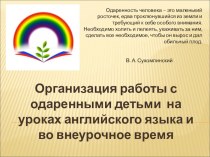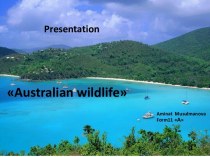- Главная
- Разное
- Бизнес и предпринимательство
- Образование
- Развлечения
- Государство
- Спорт
- Графика
- Культурология
- Еда и кулинария
- Лингвистика
- Религиоведение
- Черчение
- Физкультура
- ИЗО
- Психология
- Социология
- Английский язык
- Астрономия
- Алгебра
- Биология
- География
- Геометрия
- Детские презентации
- Информатика
- История
- Литература
- Маркетинг
- Математика
- Медицина
- Менеджмент
- Музыка
- МХК
- Немецкий язык
- ОБЖ
- Обществознание
- Окружающий мир
- Педагогика
- Русский язык
- Технология
- Физика
- Философия
- Химия
- Шаблоны, картинки для презентаций
- Экология
- Экономика
- Юриспруденция
Что такое findslide.org?
FindSlide.org - это сайт презентаций, докладов, шаблонов в формате PowerPoint.
Обратная связь
Email: Нажмите что бы посмотреть
Презентация на тему Australia
Содержание
- 2. On 1 January 1901, the six colonies federated,
- 3. One of the largest cities in Sydney
- 4. Officially the Commonwealth of Australia, is a country comprising
- 5. Australia is a developed country and one of the
- 6. Although most of Australia is semi-arid or
- 9. EducationSchool attendance, or registration for home schooling, is
- 11. CultureSince 1788, the basis of Australian culture
- 13. ArtsAustralian visual arts are thought to have
- 15. MediaThe Australian cinema industry began with the 1906 release
- 16. Frame from the film "Australia"
- 17. Скачать презентацию
- 18. Похожие презентации
On 1 January 1901, the six colonies federated, forming the Commonwealth of Australia. Since Federation, Australia has maintained a stable liberal democratic political system that functions as afederal parliamentary democracy and constitutional monarchy. The federation comprises six states and several territories. The
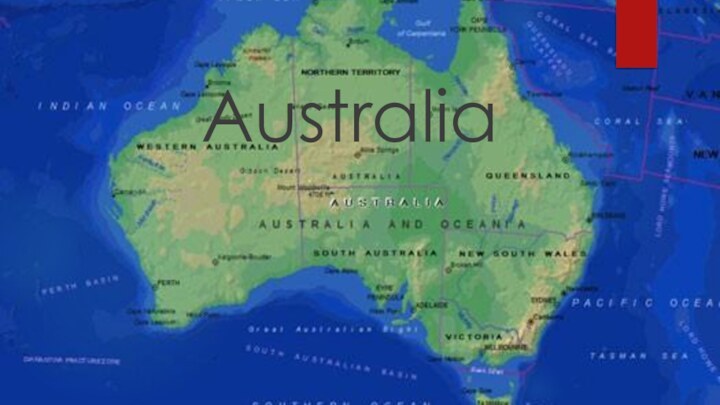
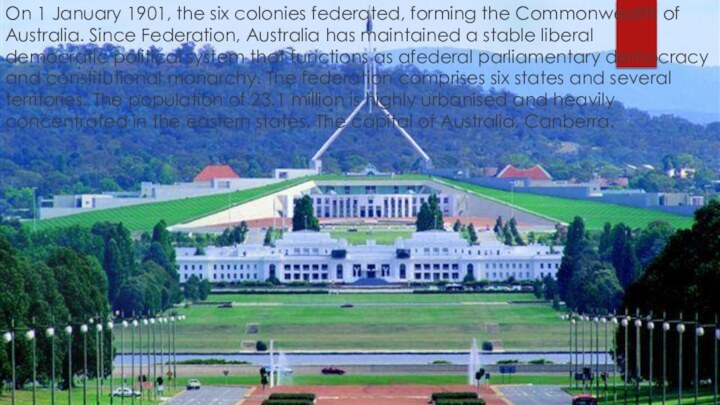

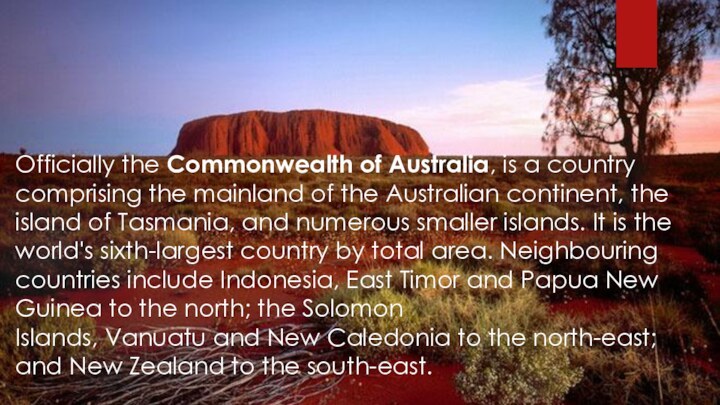
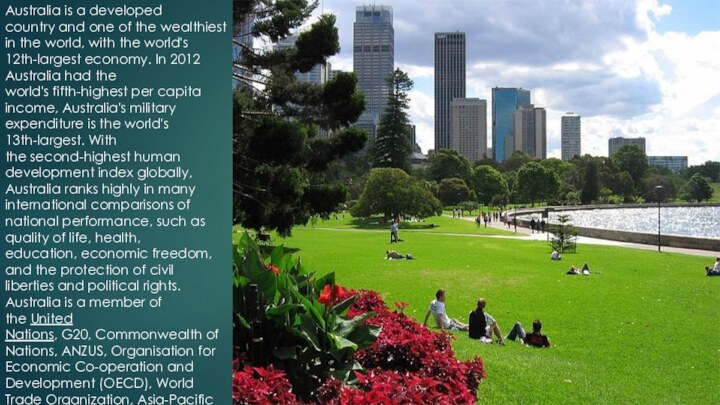
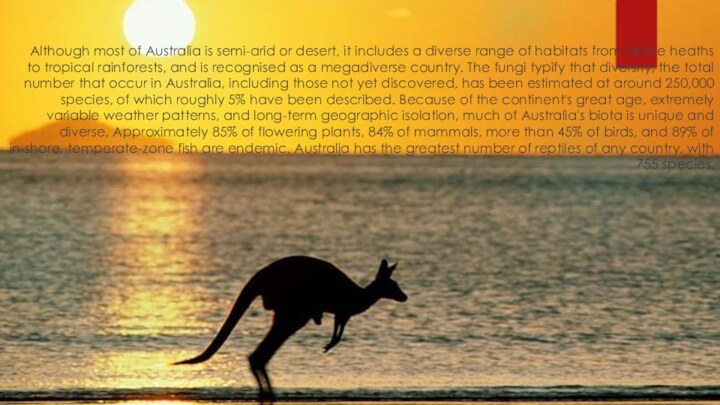
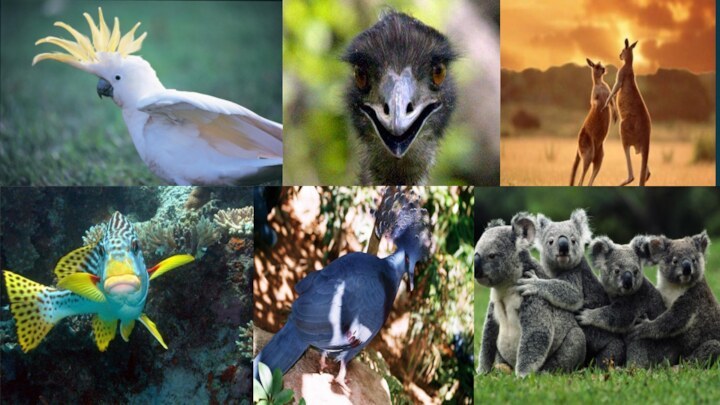
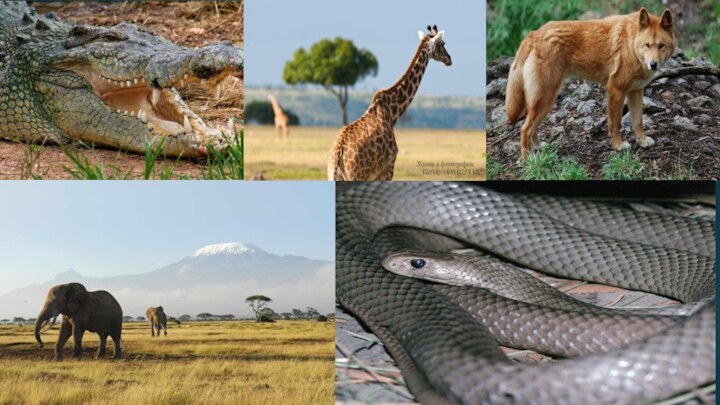


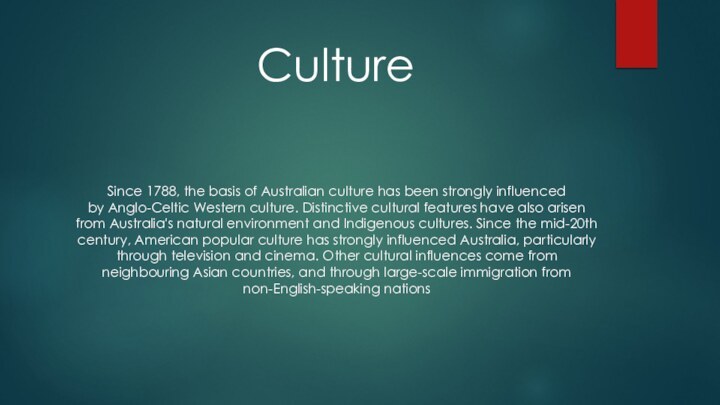
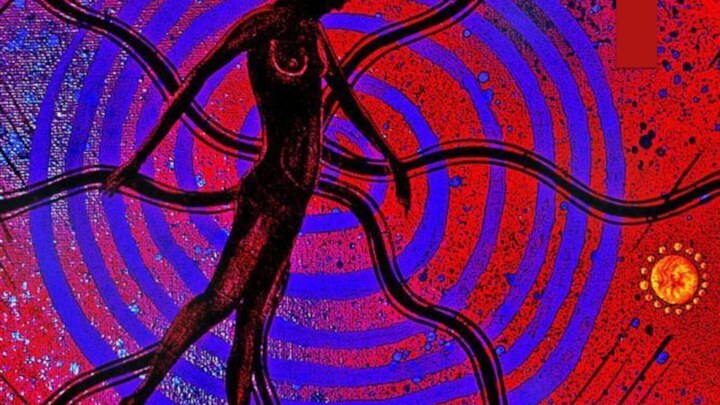

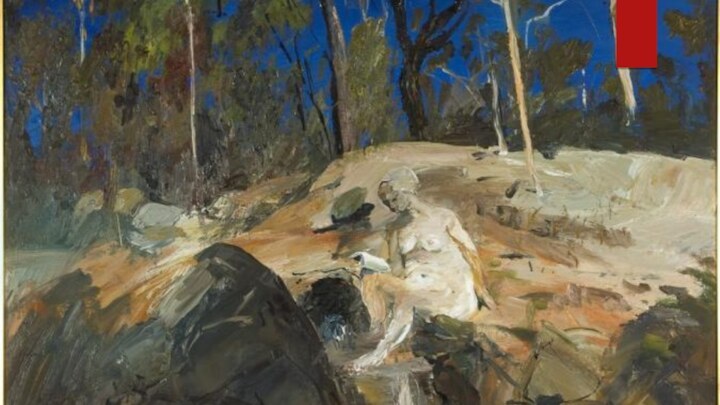
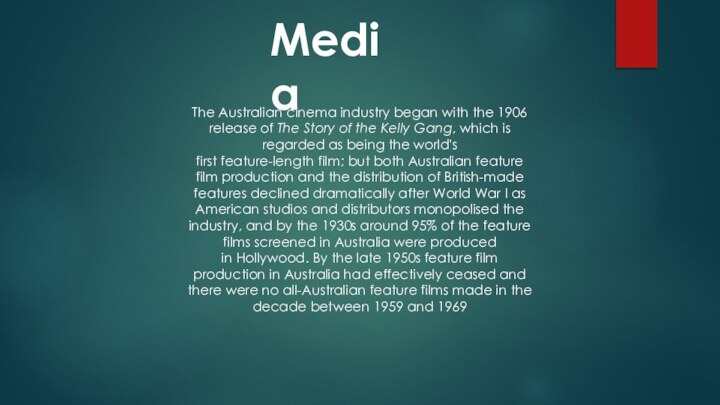


Слайд 4 Officially the Commonwealth of Australia, is a country comprising the
mainland of the Australian continent, the island of Tasmania, and numerous smaller
islands. It is the world's sixth-largest country by total area. Neighbouring countries include Indonesia, East Timor and Papua New Guinea to the north; the Solomon Islands, Vanuatu and New Caledonia to the north-east; and New Zealand to the south-east.Слайд 5 Australia is a developed country and one of the wealthiest
in the world, with the world's 12th-largest economy. In 2012
Australia had the world's fifth-highest per capita income, Australia's military expenditure is the world's 13th-largest. With the second-highest human development index globally, Australia ranks highly in many international comparisons of national performance, such as quality of life, health, education, economic freedom, and the protection of civil liberties and political rights. Australia is a member of the United Nations, G20, Commonwealth of Nations, ANZUS, Organisation for Economic Co-operation and Development (OECD), World Trade Organization, Asia-Pacific Economic Cooperation, and the Pacific Islands Forum.Слайд 6 Although most of Australia is semi-arid or desert,
it includes a diverse range of habitats from alpine heaths to tropical
rainforests, and is recognised as a megadiverse country. The fungi typify that diversity; the total number that occur in Australia, including those not yet discovered, has been estimated at around 250,000 species, of which roughly 5% have been described. Because of the continent's great age, extremely variable weather patterns, and long-term geographic isolation, much of Australia's biota is unique and diverse. Approximately 85% of flowering plants, 84% of mammals, more than 45% of birds, and 89% of in-shore, temperate-zone fish are endemic. Australia has the greatest number of reptiles of any country, with 755 species.
Слайд 9
Education
School attendance, or registration for home schooling, is compulsory
throughout Australia. Education is the responsibility of the individual
states and territories so the rules vary between states, but in general children are required to attend school from the age of about 5 up until about 16. In some states (e.g., WA, NT & NSW), children aged 16–17 are required to either attend school or participate in vocational training, such as an apprenticeship.Australia has an adult literacy rate that was estimated to be 99% in 2003. However, a 2011–12 report for the Australian Bureau of Statistics reported that Tasmania has a literacy and numeracy rate of only 50%. In the Programme for International Student Assessment, Australia regularly scores among the top five of thirty major developed countries (member countries of the Organisation for Economic Co-operation and Development). Catholic education accounts for the largest non-government sector.





